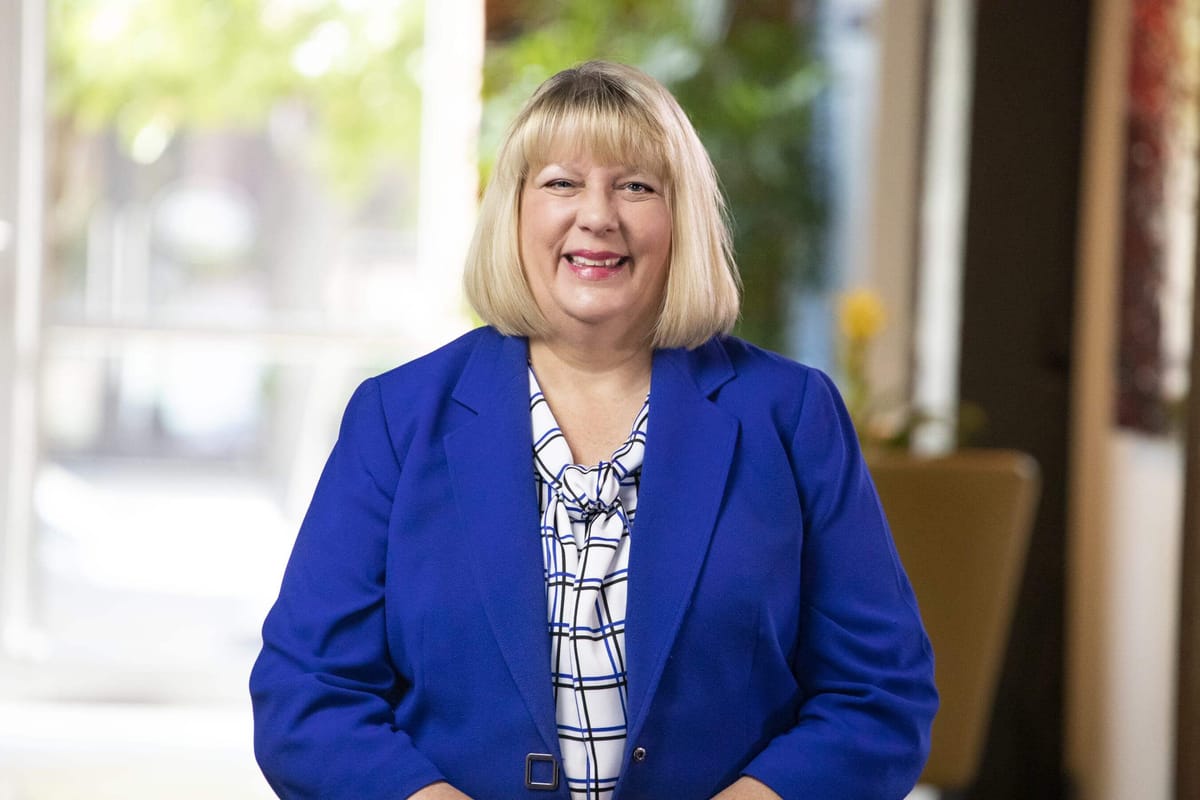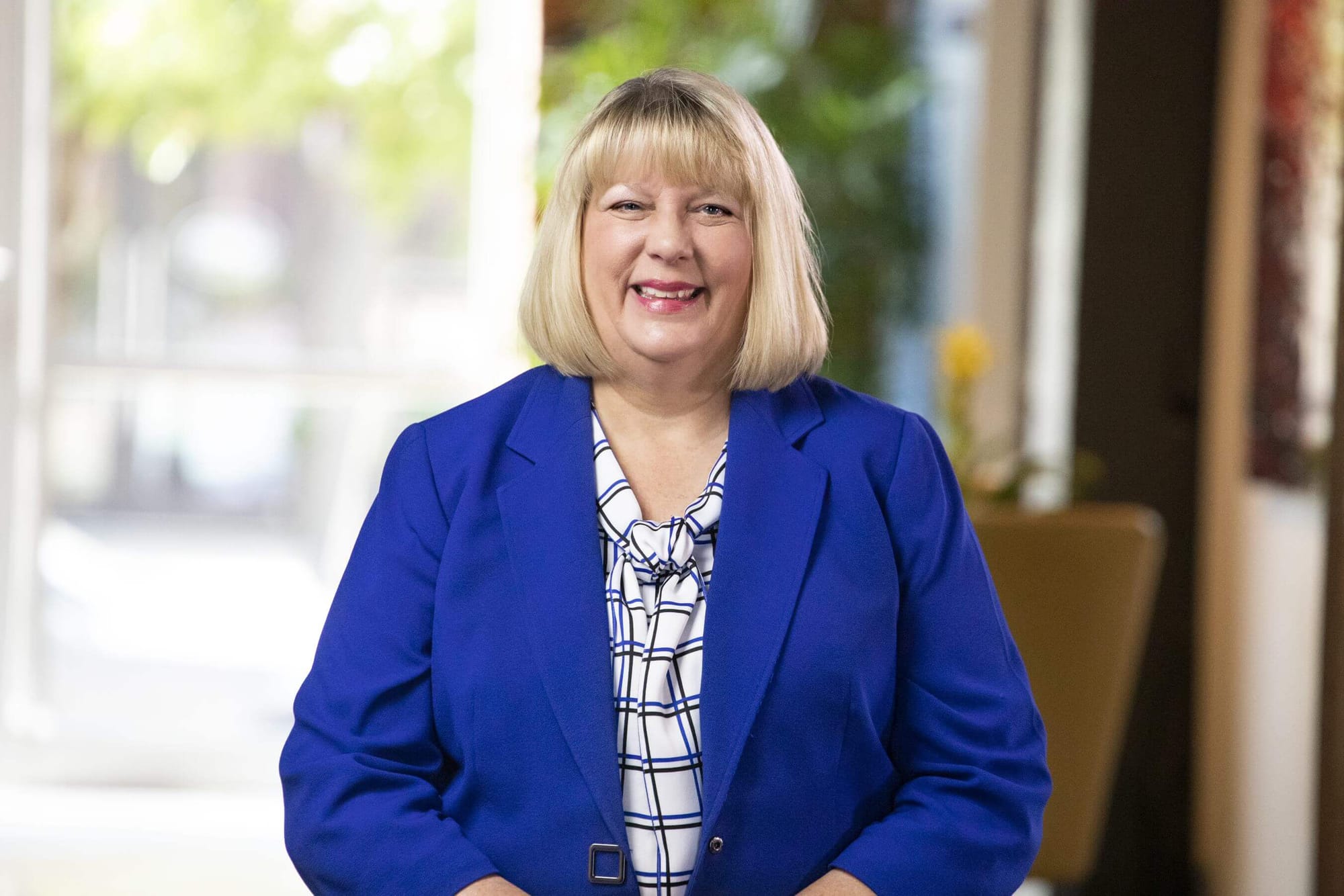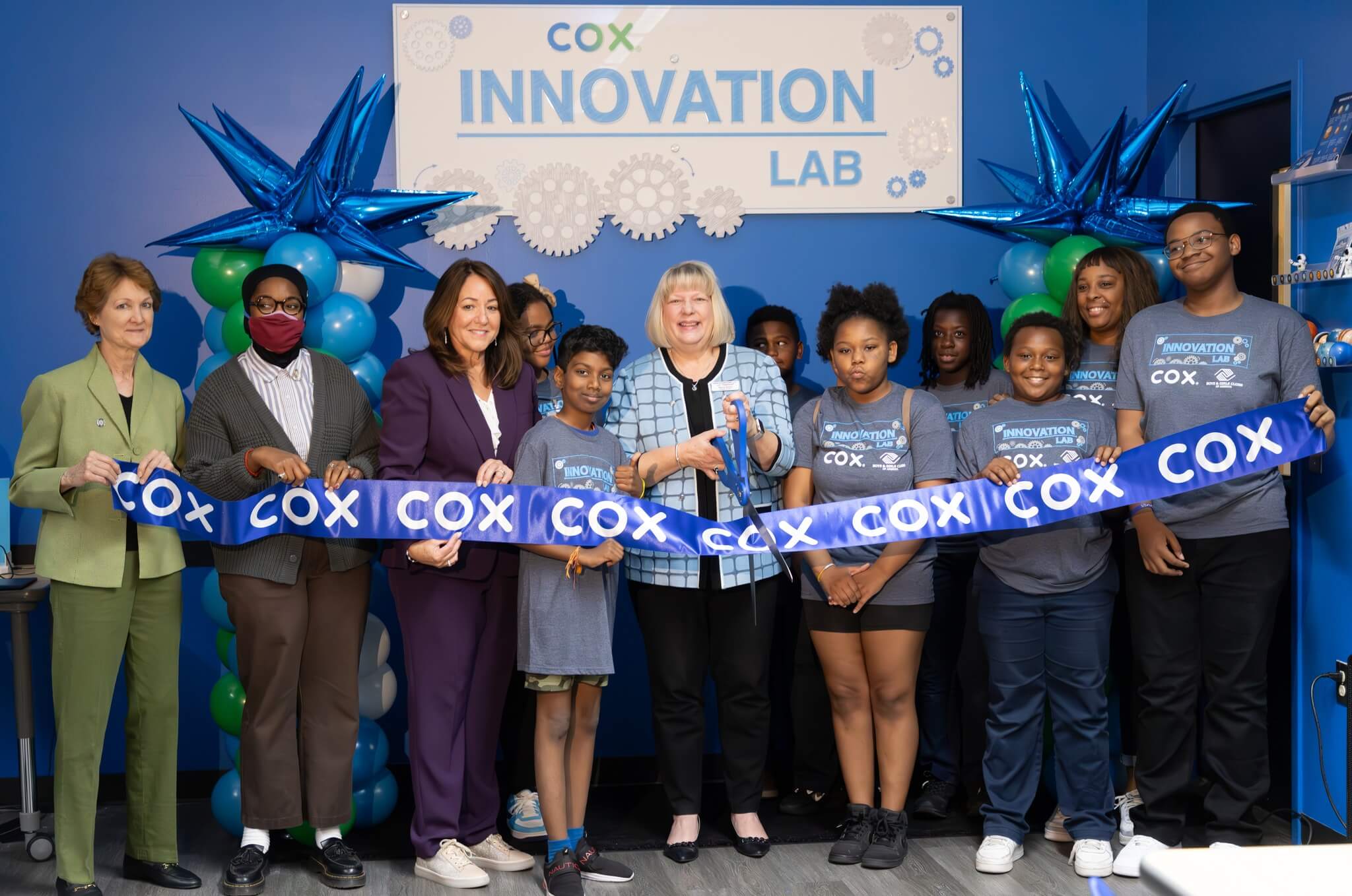
Teena Belcik is living proof that life loves to laugh at our best-laid plans, like Belcik’s roadmap for her first 100 days as president and CEO of Boys & Girls Clubs of Oklahoma County. She submitted her meticulous plan to her board in February 2020, only to turn around and toss it in the bin when the world shut down on March 16. Then, Belcik and team jumped into action — and they’re still running.


“From March until the first of June of 2020, we were open 13-plus hours a day. The governor had reached out and asked if we would be willing to be emergency childcare for first responders and hospital workers. We did that in conjunction with the YMCA,” Belcik says. “We put all kinds of safety protocols in place, working with the Oklahoma City County Health Department, the CDC and the State Health Department. And so, because most hospital staff work 12-hour shifts from seven to seven, we were open from 6:30 in the morning until 7:30 at night, and sometimes later if parents were late getting off of a shift.”
Like most of us, Belcik is really ready to put the pandemic in the rearview mirror. However, it’s impossible to really understand the changes and growth Boys & Girls Clubs of Oklahoma County continues to experience without examining the role of COVID-19.
Our heroine joined the Boys & Girls Clubs as a consultant at first. She knew a little about the organization because one of her clients, Oklahoma City University, had done outreach with it. Belcik adds, “I had also known their previous CEO Jane Sutter, and just thought so highly of the difference they were making for youth.” Sutter invited Belcik aboard, with the idea that it would be a short-term gig. But the minute Belcik walked through the door, she was hooked. “Working with youth has always been a passion of mine. And this is an organization that does an awful lot of good for an awful lot of kids. And it really felt like an opportunity to make a difference in our community.”
Most of Belcik’s background is in the for-profit realm. She holds an MBA in finance and strategic planning, plus spent time working in the high-stakes corporate world of mergers and acquisitions on Wall Street in the global and corporate finance group for Chemical Bank (now JP Morgan Chase). All of this turned out to be precisely the background she needed to manage the exponential explosion of need the BGCOKC grappled with during the pandemic: expanding from four Clubs pre-pandemic to the current 18, and offering wrap-around services for children and families. It became clear that those additional Clubs cannot close, as they’re too important for the kids who rely on them.
“I was very grateful for that foundation and that background. When we hit that big bump in the road, it felt like our budget went from $2.5 million to over $7 million overnight, and having to look at cash flow models and do things like that to make sure we were being fiscally responsible was a lot. It was challenging. And I was very grateful to have felt grounded in that knowledge that ‘Okay, I know how to analyze this.’”
She laughs because this was exactly the kind of rapid growth she’d have advised against in her Wall Street life. “I’ve had many clients who I’ve advised against growing too quickly, for all the pitfalls that come along. And here we were doing that very thing, but with the full knowledge and support of our board and in a fiscally responsible way.” She pauses, and says, eyes welling, “If you had seen some of what we were seeing, the kids in need, ‘no’ was not an option.”
Boys & Girls Clubs has always offered many more services than you might think. “I think most people when they think of Boys & Girls Clubs know that it’s a great, safe, fun place for kids to go after school and when school is out, and that kids have a snack and play in the gym and have a good time and make friends. It is absolutely all of those things. But it’s just so much more. We are a youth development program that focuses on the whole child,” Belcik says.
Specifically, there are three top-priority outcomes. “The first one is academic success, which is graduating from high school, with a plan for the future,” Belcik says. To support this, each afternoon starts with a hearty snack. Mondays are a big hit; they’re Uncrustables days. Plus carrot sticks. Other snacks might be chicken strips, vegetables and fruit. Next comes the Power Hour, which is homework help and tutoring, followed by academic enrichment activities. Kids enjoy traditional after-school activities like playing sports, learning karate, doing art projects, taking music lessons and more, beginning in kindergarten.
“The older kids, in middle school and high school, get a little bit more flexibility and choice with what they do with their time,” Belcik says. “There are creative writing and journaling activities, photography and innovation labs where kids can learn graphic design or fly drones. They also get free-play time.”
The second big kahuna is instilling healthy lifestyles. “It’s teaching about good nutrition. We try to make sure our kids get 60 minutes of exercise three times a week, at least. But it’s also about addressing any of the mental health issues that we are seeing. We run preventative programs that help keep kids away from drugs and alcohol. It’s about making wise choices about what you do and don’t put in your body and the friends you do and don’t keep.” Belcik says there’s also a gang-prevention component to this piece.
The third is strong character and leadership. “We have leadership programs for all ages — elementary, middle and high school — that are really wonderful, fun programs. They really do get the kids engaged and thinking about how they can give back in their community, which we love.” All of the kids, at some point during the school year, do some type of age-appropriate community service. “This is something we’ve been doing for a long time that we feel like is important, just to make sure everybody knows they’re a part of a community of something bigger than themselves,” Belcik says. “And that there are all different kinds of ways that all of us can contribute to our community. It may be your talent, it may be your treasures, it may be your time. But everybody has a way to give back.”
The plan is working. For the past 11 years, 100% of the high school seniors attending Boys & Girls Clubs of Oklahoma County have graduated high school and 85% of the kids reported feeling a connection to their community last year, which is a big deal. Other significant stats include 73% less drug use and 42% less alcohol use among the Boys & Girls Clubs cohort.
Maybe the most important piece of this puzzle is that Belcik and her team love these children. Says she: “They are all great, amazing, talented, smart, wonderful kids. Hopefully when they come through our doors, they have a way to explore all kinds of different activities, find their passion, find something that motivates them that they love.”

